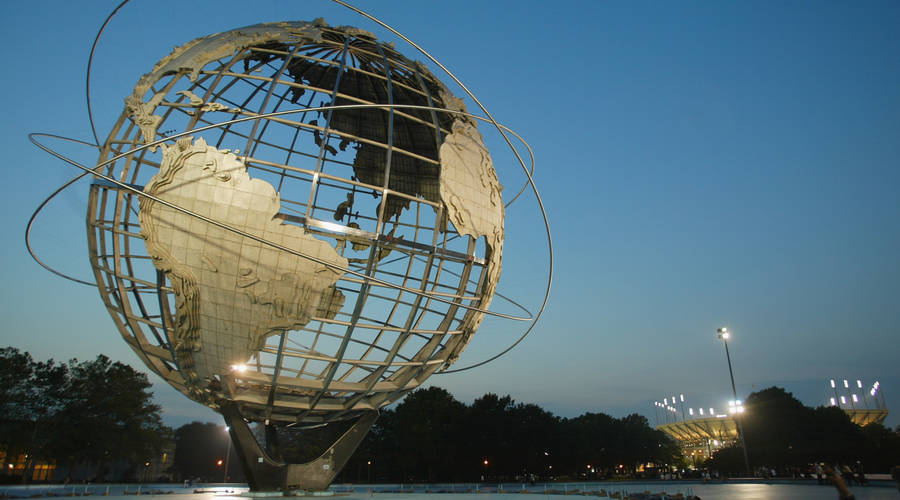
The 2 April announcement of the agreement on the key parameters of a Joint Comprehensive Plan of Action (JCPOA) between Iran and the P5+1 vis-à-vis the former’s nuclear program is a diplomatic victory for all the involved parties. While this agreement on the key parameters of the JCPOA is indeed a breakthrough, this rapprochement does not come without potential geopolitical upshots; and these upshots concern the extremely volatile and complex West Asia, and South Asia.
The West Asian Westeros
First, this deal has come at a time when the West Asian region, mired in a variety of problematic situations and chaos, faces serious existential threats that are currently challenging the very nature of realities that have existed for decades. The relevance of the Arab League, a grouping of 22 Arab countries, is almost nil; camaraderie (irrespective of levels) between members is waning. Sectarian conflict (both state and non-state) is at an all-time high and with wide variety (Shia-Sunni, Sunni-Sunni, Shia-Shia); militias are currently running amok, controlling and ‘administering’ considerable amounts of geographical expanses.
Add to this brew the natures of the Saudi-Iran relationship, the Israel-Iran relationship, the Saudi-Israel relationship, and the relationships shared by the United States with Saudi Arabia and Israel – especially in light of the threat of the Islamic State, and now the crisis in Yemen – and garnish it with the Iran deal, and one has the potentially perfect recipe for disaster unless handled delicately.
Although faint and cautious murmurs of approval were heard from the West Asian countries, the two key players, Tel Aviv and Riyadh, are most unlikely to view this deal in the positive spirit – with Israel unsurprisingly calling it a “very bad deal.” The Saudi trajectory is evident in that Riyadh, along with its Arab allies, is already engaged in sectarian warfare against the Shia Houthi rebels in Yemen. Furthermore, Saudi Arabia is attempting to drag Pakistan into this quagmire at a time when the latter needs it the least.
Israel, under Prime Minister Benjamin Netanyahu, has gone the furthest from the collective world opinion as possible, and with Netanyahu’s sincerity towards a genuine two-state solution immensely challenged, Israel is most unhappy with a rapprochement between its biggest ally and its biggest enemy.
Amidst this chaos, Iran comes across as a stable player in a volatile region. However, taking things at face value is the worst mistake one can do when analysing West Asia. All the aforementioned countries strongly believe this deal will only help Iran expand its regional influence. Despite all the countries in the region being on the same side (for the first time since the end of World War II) of the war against real life White Walkers (the Islamic State), internal problems are complex and run deep, often even defining identities.
Bilateral relationships are undergoing paradigm shifts within West Asia and between West Asian countries and the West. This agreement has been reached at an important time, but unless the Iranian leadership manages to convince the hardliners in Tehran, and unless the Democratic U.S. leadership manages to convince the heavily Republican Congress in Washington to approve the final document in June, there is a good chance that all the hype might go down the drain. Therefore, as Professor Vyjayanti Raghavan says, both Iran and the United States must ensure that the factors that caused the failure of the 1994 U.S.-North Korea agreement do not contaminate this yet-to-be-signed JCPOA.
More importantly, the situation in Yemen will have to be monitored closely. Iran’s role in Syria and Iraq, and especially its alleged role in Yemen, will not go unaddressed by the Arab coalition. That Iran’s inroads into Yemen are substantial and being ramped up only makes Riyadh feel more threatened, especially given the history of Yemen’s instability and the sectarian aspects of it involving Saudi Arabia and Iran.
The issue of lifting sanctions from Iran will therefore have to be strategised and executed deftly, for any wrong move has the potential to unravel the region, especially due to the complex intertwined nature of West Asian geopolitics. The global energy politics will play a significant role here.
South Asia: The Almost ‘Reach’
The success of the Iran deal holds many interesting corollaries for South Asia, but these upshots might not be as grave as the one West Asia faces. Economy-wise, this deal spells well for an energy-starved India, which maintains good relations with both the United States and Iran. Any future lifting of sanctions would imply that New Delhi can import more oil and gas from Iran; and ditto for other countries. Afghanistan can increase its bilateral trade, which could improve its stuttering economy. All seems well in this part of the world, but for one country. The most uneasy South Asian entity in this elaborate scheme of things is Pakistan, which shares a 900-kilometer border with Shia Iran but is best friends with Sunni Saudi Arabia. Pakistan must now pick its priorities.
Riyadh has asked Islamabad to join its coalition against the allegedly Iran-backed Houthi rebels in Yemen. This request comes at a time when Pakistan’s domestic security situation, especially on the sectarian front, is at its most fragile moment. The country’s decision, whatever it may be, will have long-term internal consequences. For the first time in years, the people, the civilian government, and the army are all somewhat on the same page on key security issues. Irrespective of the cherry-picking of the nature of military resources Pakistan will supply to Saudi Arabia, if Pakistani soldiers enter the sectarian proxy war in Yemen, Pakistan can unravel internally, with security implications for the whole neighbourhood.
To that end, it would be worthwhile to identify the real Littlefinger and his/her agenda.
Note: Views expressed are the author’s own and do not necessarily reflect the views of the organizations to which she is affiliated.
***